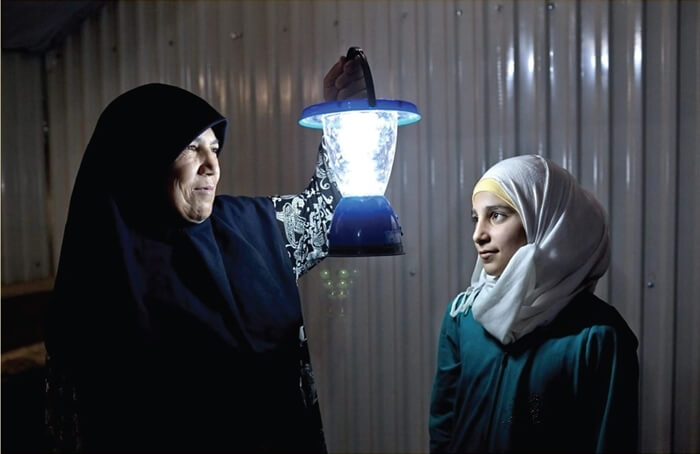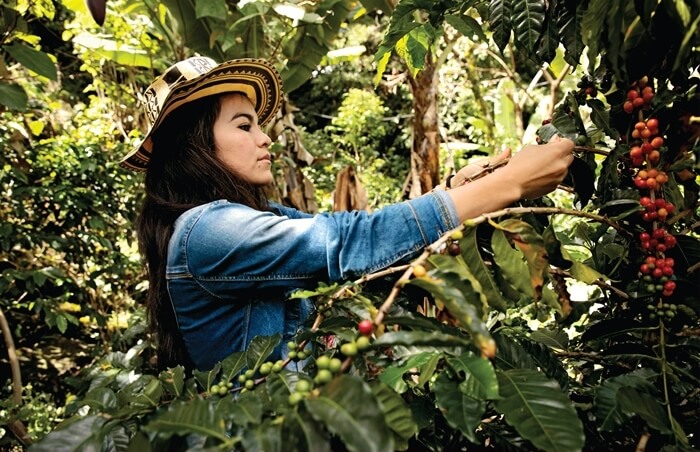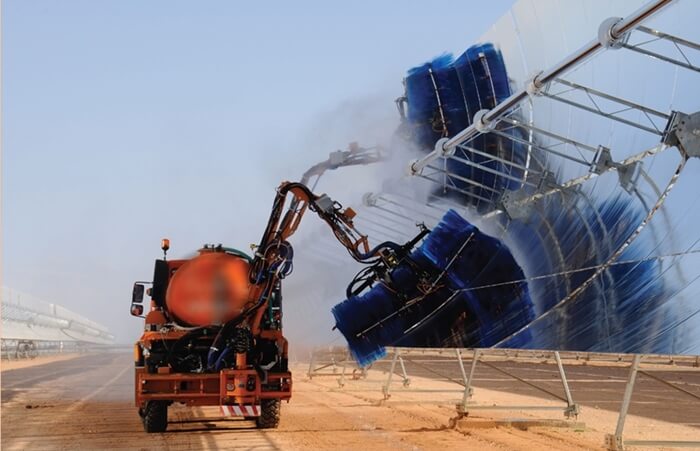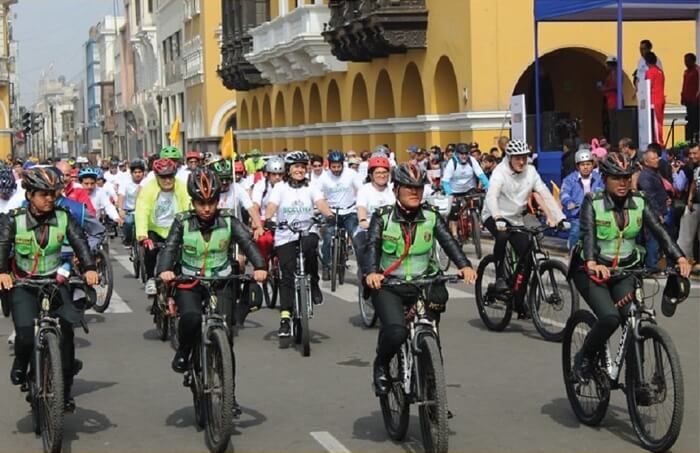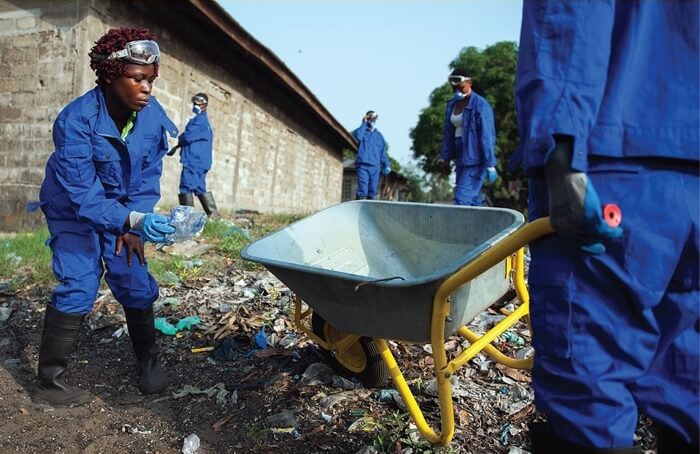Excerpt from matangitonga.to
From the reef-fringed coast of New Caledonia, the Coral Sea stretches into the South Pacific. Slender native pines punctuate the shoreline. The landscape, one of the most biodiverse on the planet, is astonishingly beautiful until the crest of a hill where a different vista unfolds: a gouged red earth pierced by belching smokestacks and giant trucks rumbling across the lunarlike terrain.
This is Goro, the largest nickel mine on a tiny French territory suspended between Australia and Fiji that may hold up to one-quarter of the world’s nickel reserves. It also poses a critical test for Tesla, the world’s largest electric vehicle maker, which wants to take control of its supply chain and ensure that the minerals used for its car batteries are mined in an environmentally and socially responsible fashion.
Tesla’s strategy, the largest effort by a Western electric vehicle maker to directly source minerals, could serve as a model for a green industry confronting an uncomfortable paradox. While consumers are attracted to electric vehicles for their clean reputation, the process of harvesting essential ingredients like nickel is dirty, destructive and often politically fraught.
Because of its nickel industry, New Caledonia is one of the world’s largest carbon emitters per capita. And mining, which began soon after New Caledonia was colonized in 1853, is intimately linked to the exploitation of its Indigenous Kanak people. The legacy of more than a century of stolen land and crushed traditions has left Goro’s nickel output at the mercy of frequent labor strikes and political protests.

Island Innovation is a social enterprise and digital media company at the intersection of sustainable development and communications, offering specialised services across various sectors. We bring together the private sector, government, utilities, NGOs and universities to advance innovation for sustainability and prosperity in islands worldwide.









